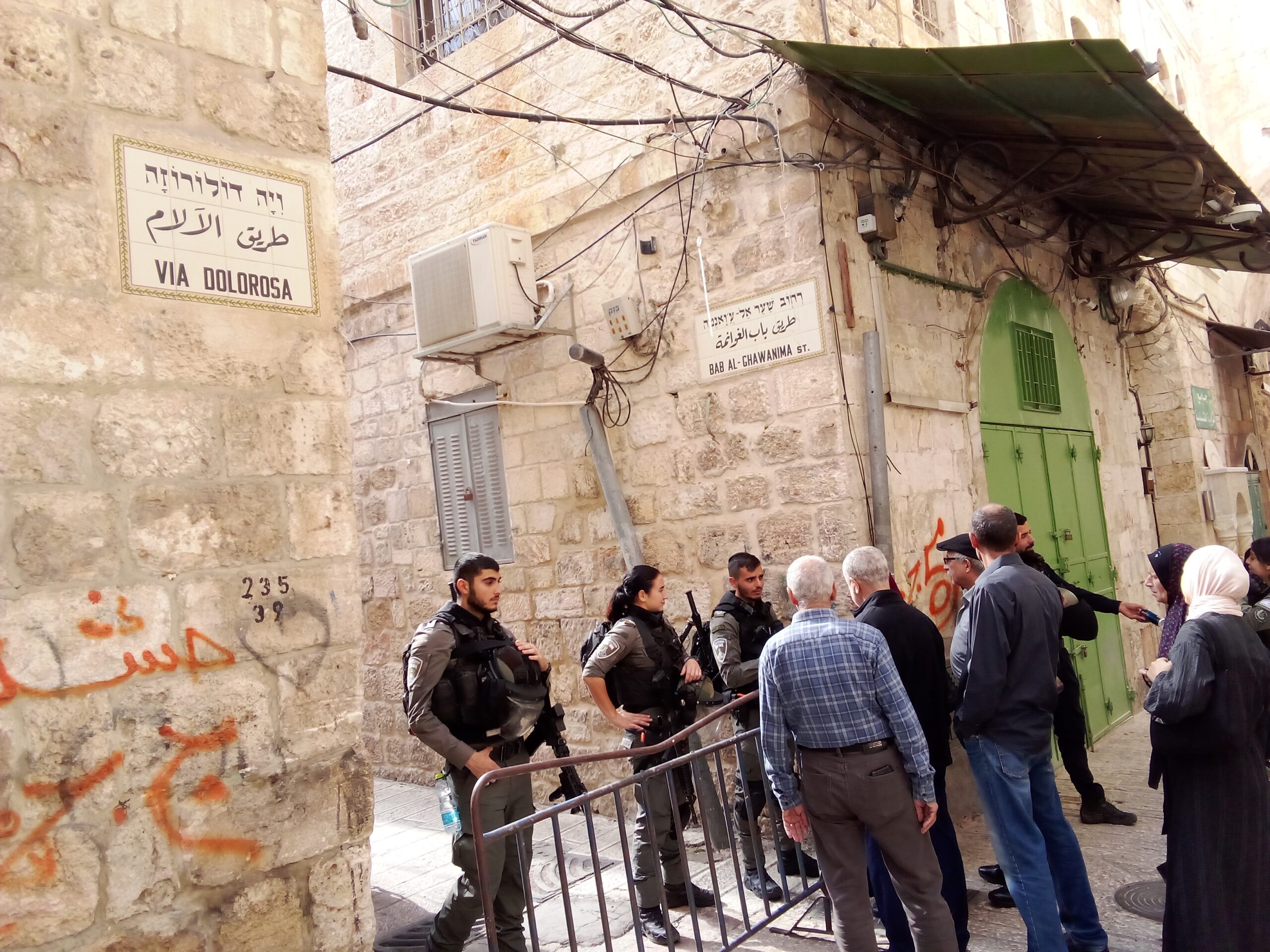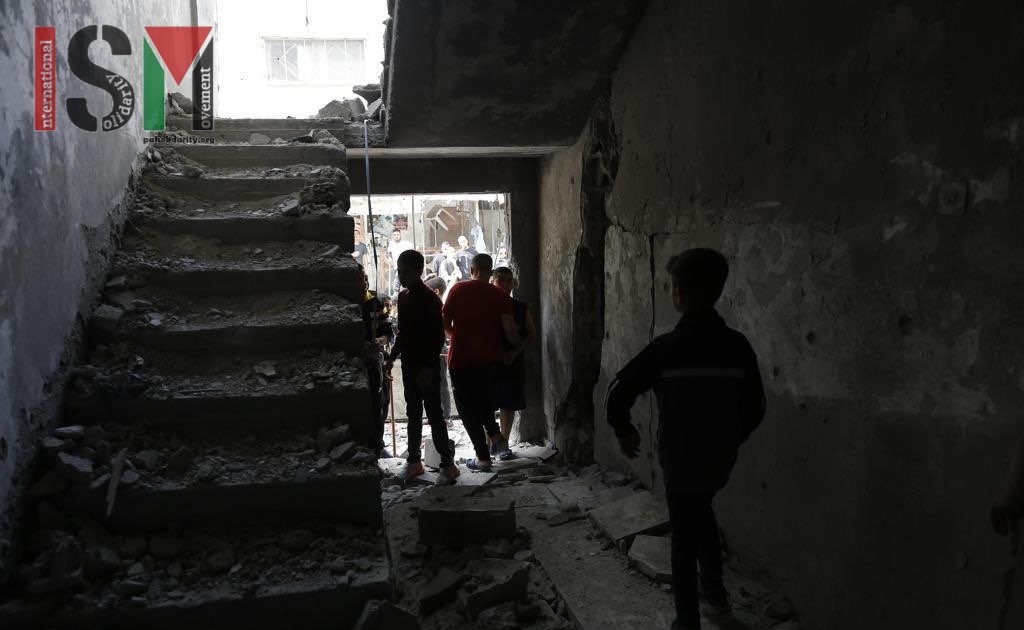-
Al Aqsa and How To Help Oppressors
Muslims were prevented from entering Al Aqsa for Friday prayers on November, 17th 2023. According to Palestinians in the Old City of Jerusalem, this is the sixth week in a row that the majority of people coming to pray have been denied entry.
-
The escalation of Israeli crimes in the West Bank
On the evening of Friday, November 17th, the Israeli occupation forces carried out an aerial bombardment in the Balata refugee camp, killing four Palestinian men.
-
We Are Our Mountains
18 November 2023 | International Solidarity Movement | Al-Quds “Welcome to Little Little Armenia”, we hear as we walk past the barbed wire and stone barricades in the Christian section of the Old City of Al-Quds (Jerusalem). Armenian flags fly from atop walls and mounds of rubble. This land, the size of about a quarter […]
Action Alert An Nabi Saleh Apartheid Wall Arrests BDS Bethlehem Bil'in Cast Lead Demonstration Denial of Entry Ethnic Cleansing Farmers Gaza Global Actions Hebron House Demolition International law Israeli Army Jerusalem Live Ammunition Nablus Ni'lin Prisoner Ramallah Rubber-coated steel bullets Settlement Settlers Settler violence Tear-Gas Canister Video



